Sandhan Valley in rainy season is a mesmerising escape into nature’s embrace, where mist-laden cliffs and cascading waterfalls create a magical landscape. Nestled in the Sahyadri mountain range, this “Valley of Shadows” transforms into a paradise for adventurers during the monsoons. The thrill of trekking through narrow rock passages and wading through gushing streams is unmatched, while the lush greenery amplifies the beauty of the rugged terrain.
Location
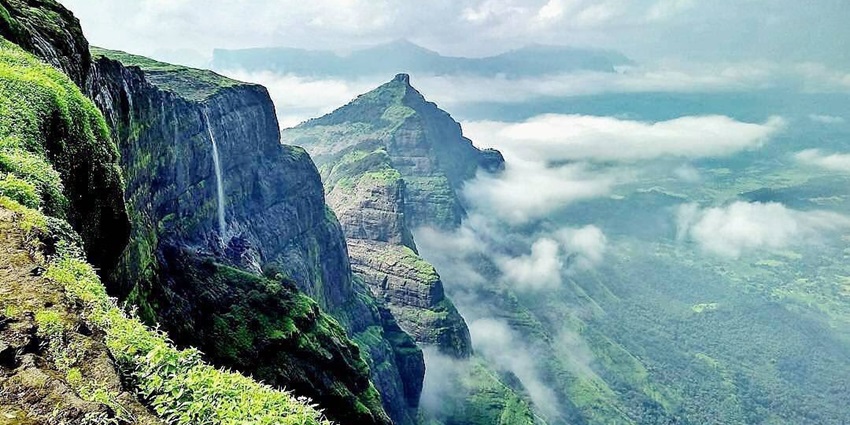
Photo: Savitr1915 / Wikimedia Commons / Image For Representation Only
Sandhan Valley is located in the Sahyadri mountain range of Maharashtra, near the village of Samrad in the Ahmednagar district. It lies approximately 180 kilometres from Mumbai and around 75 kilometres from Nashik, making it a popular weekend getaway for adventure enthusiasts. The valley is nestled near the Bhandardara region, known for its scenic landscapes and tranquil lakes.
Suggested Read: Bachelor Party In Lonavala
How To Reach
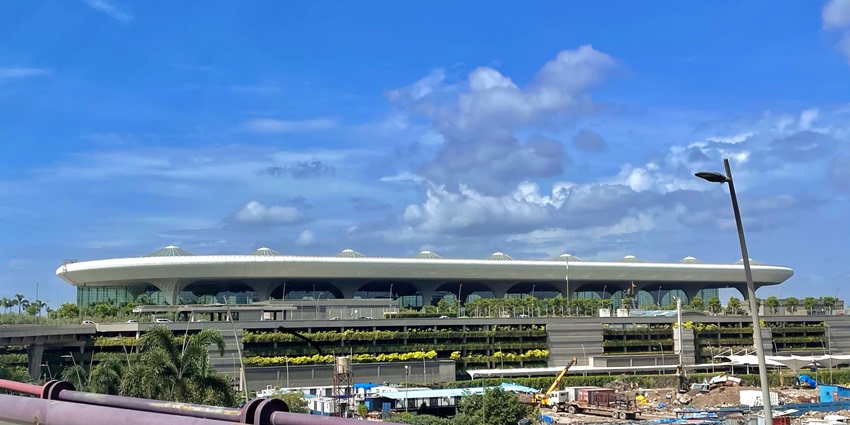
Photo: Anonymous8010 / Wikimedia Commons
Whether you prefer flying, taking a train, or driving through scenic routes, reaching Sandhan Valley is fairly convenient for travellers from major cities like Mumbai and Pune.
By Air: The nearest airport is Chhatrapati Shivaji Maharaj International Airport in Mumbai, about 180 kilometres away.
By Train: The closest railway station is Igatpuri, around 50 kilometres from Samrad. From Igatpuri, taxis or local transport can take you to the valley.
By Road: Sandhan Valley is well-connected via road from cities like Mumbai (180 km), Nashik (75 km), and Pune (200 km).
Places To Visit Around Sandhan Valley
Make the most of your trip to Sandhan Valley with a stop at these surrounding places:
1. Bhandardara Dam (Wilson Dam)
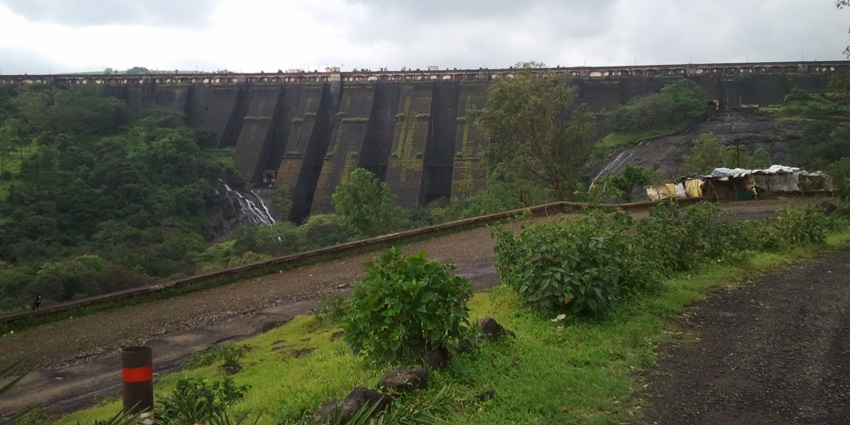
Photo: Adwait / Wikimedia Commons
Bhandardara Dam, also known as Wilson Dam, is a serene reservoir surrounded by lush greenery and tranquil waters. It offers a peaceful escape and is perfect for picnics and nature photography. The monsoons enhance its charm with waterfalls cascading around. Visitors can explore the neighbouring Randha Falls and take pleasure in boating on the lake. It’s an ideal spot to relax after an adventurous trek through Sandhan Valley.
Entry Fee: Free
Timings: 24*7
Location: Bhandardara, Maharashtra
Distance From Sandhan Valley: About 15 kilometres
Suggested Read: Best Food In Aurangabad
2. Ratangad Fort
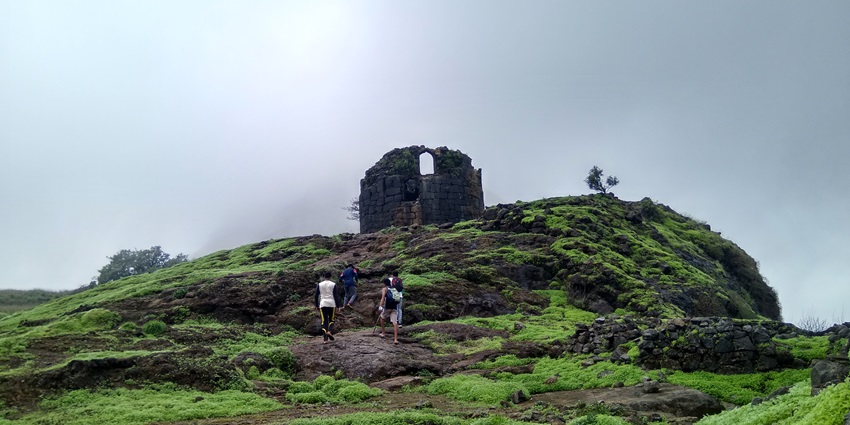
Photo: Jitu Vide / Wikimedia Commons
Ratangad Fort is a popular trekking spot, offering panoramic views of the surrounding valleys and peaks. The fort is a must-see for both history fans and adventurers because of its fascinating past and ancient caves. During the monsoons, the trail is lush and vibrant, with waterfalls dotting the path. The ‘Eye of the Needle’ rock formation is a major attraction.
Entry Fee: Free
Timings: 6 AM – 6 PM
Location: Ratanwadi Village, Maharashtra
Distance From Sandhan Valley: Around 22 kilometres
3. Amruteshwar Temple
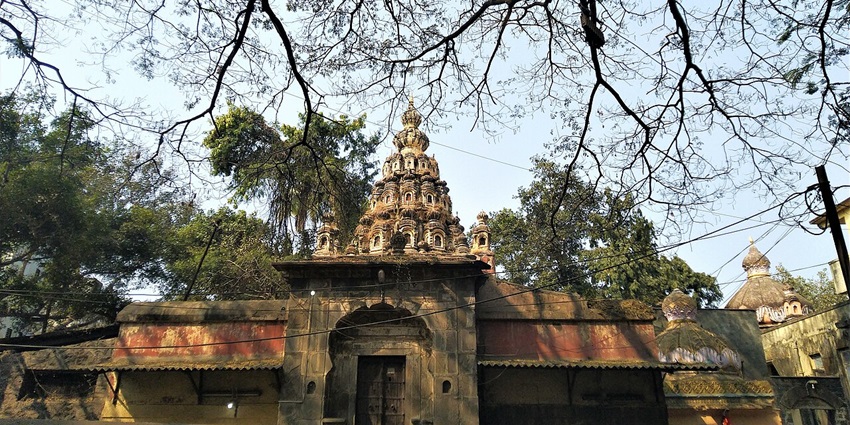
Photo: DesiBoy101 / Wikimedia Commons
Amruteshwar Temple, dedicated to Lord Shiva, is an architectural marvel built in the Hemadpanthi style. This 1,200-year-old temple is set against a backdrop of lush hills, making it a spiritual and scenic retreat. The intricate carvings on the temple walls are a testament to its historical significance. It’s a peaceful spot for devotees and travellers looking to explore Maharashtra’s rich cultural heritage.
Entry Fee: Free
Timings: 6 AM – 7 PM
Location: Ratanwadi Village, Maharashtra
Distance From Sandhan Valley: Approximately 21 kilometres
Suggested Read: Best Street Food In Aurangabad
Where To Stay

Photo: The 7 Hotel Lisbon / Pexels / Image For Representation Only
When visiting Sandhan Valley, there are several accommodation options to suit different preferences. For a rustic experience, camping near the valley is popular, allowing you to sleep under the stars amidst nature. Organised trekking groups often provide tents and basic amenities. If you prefer more comfort, Bhandardara, just 15 km away, offers a range of options, including guesthouses, budget hotels, and eco-friendly resorts with scenic views of lakes and mountains.
Where To Eat

Photo: Dheerajk88 / Wikimedia Commons / Image For Representation Only
When visiting Sandhan Valley, dining options are limited but offer an authentic local experience. Samrad village, the base for Sandhan Valley treks, has small eateries and homestays where you can enjoy simple, home-cooked Maharashtrian meals like bhakri, pithla, and rice. These meals are often prepared using locally sourced ingredients, providing a rustic culinary experience.
Suggested Read: Dangerous Forts In Maharashtra
Best Time To Visit
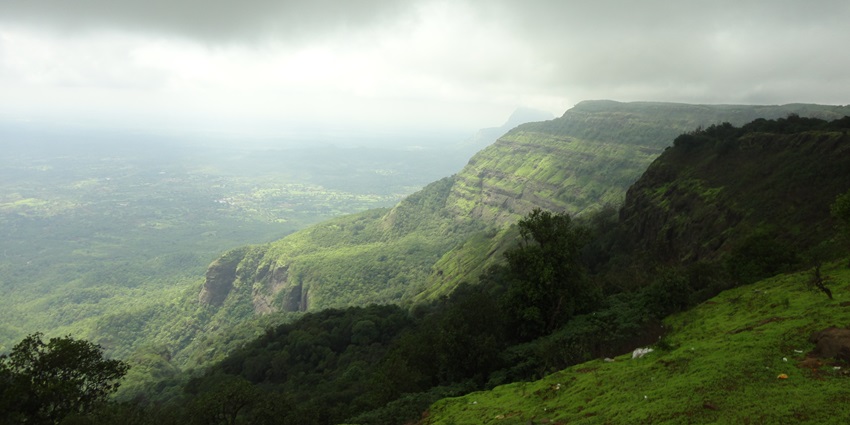
Photo: Aara911 / Wikimedia Commons
The best time to visit Sandhan Valley during the rainy season is between June and September when the monsoon rains transform the valley into a lush green paradise. The downpours fill the valley with flowing streams and waterfalls, making it an ideal time for adventurous treks and rappelling. While the rainy season adds excitement and beauty, the terrain becomes more challenging with slippery rocks and narrow water-filled passages, requiring proper gear and caution.
Other Factors To Consider
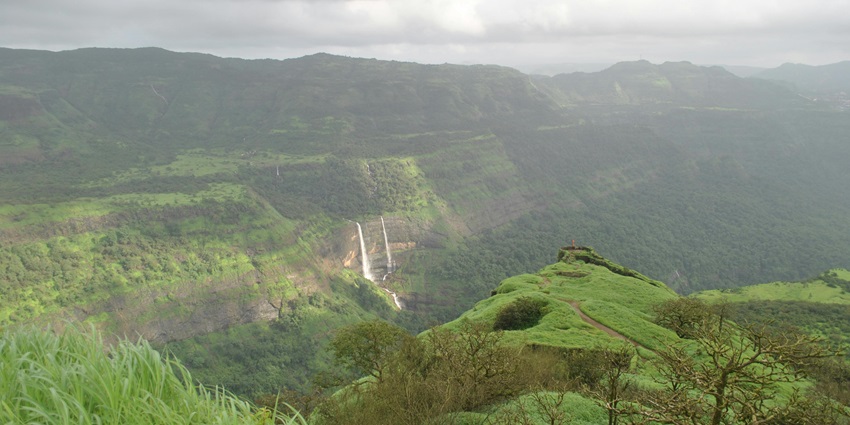
Photo: Prashant Darekar / Pexels / Image For Representation Only
Here are some important factors to consider when visiting Sandhan Valley during the rainy season:
- Be prepared for sudden rain showers and temperature drops; pack waterproof gear and warm clothing.
- The trails can be slippery; ensure you have proper trekking shoes with good grip.
- Hiring a local guide is recommended for navigating tricky terrains and ensuring safety.
- Bring plenty of water and snacks because there won’t be much food available once you start the hike.
- Be cautious of leeches and insects during the rainy season; carry insect repellent.
Suggested Read: Wedding Shopping In Mumbai
Visiting Sandhan Valley in rainy season is an unforgettable adventure that immerses you in nature’s beauty and thrill. The lush greenery, roaring waterfalls, and mist-laden cliffs create a picturesque setting that beckons every traveller. As you plan your journey, remember to embrace the challenges and surprises the monsoon brings. So gather your gear, set out on this enchanting expedition, and create memories that will last a lifetime amidst the breathtaking landscapes of Sandhan Valley. Plan your trip today with TripXL.
Cover Photo: Dinesh Valke / Wikimedia Commons / Image For Representation Only


 WhatsApp
WhatsApp
 Twitter
Twitter









